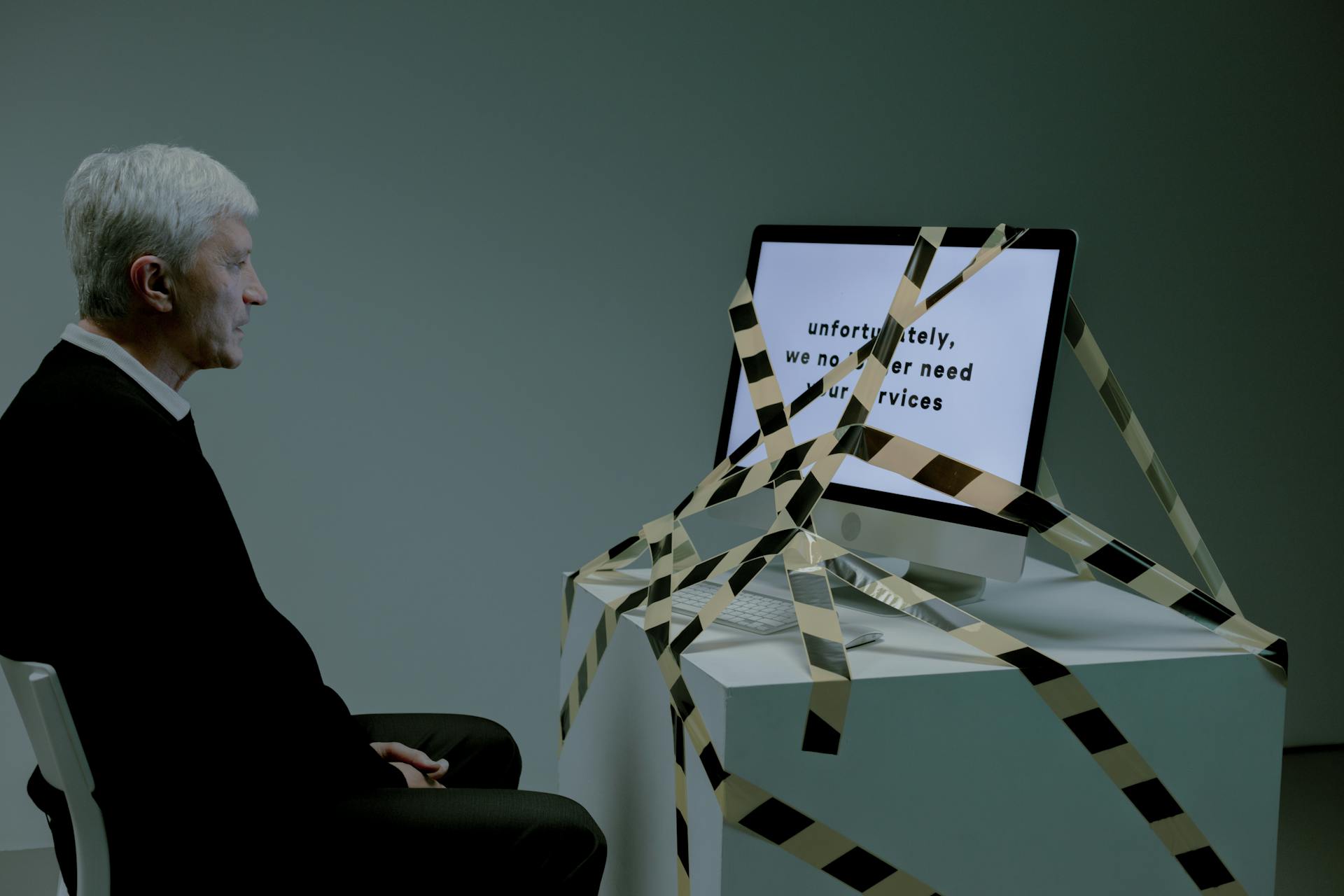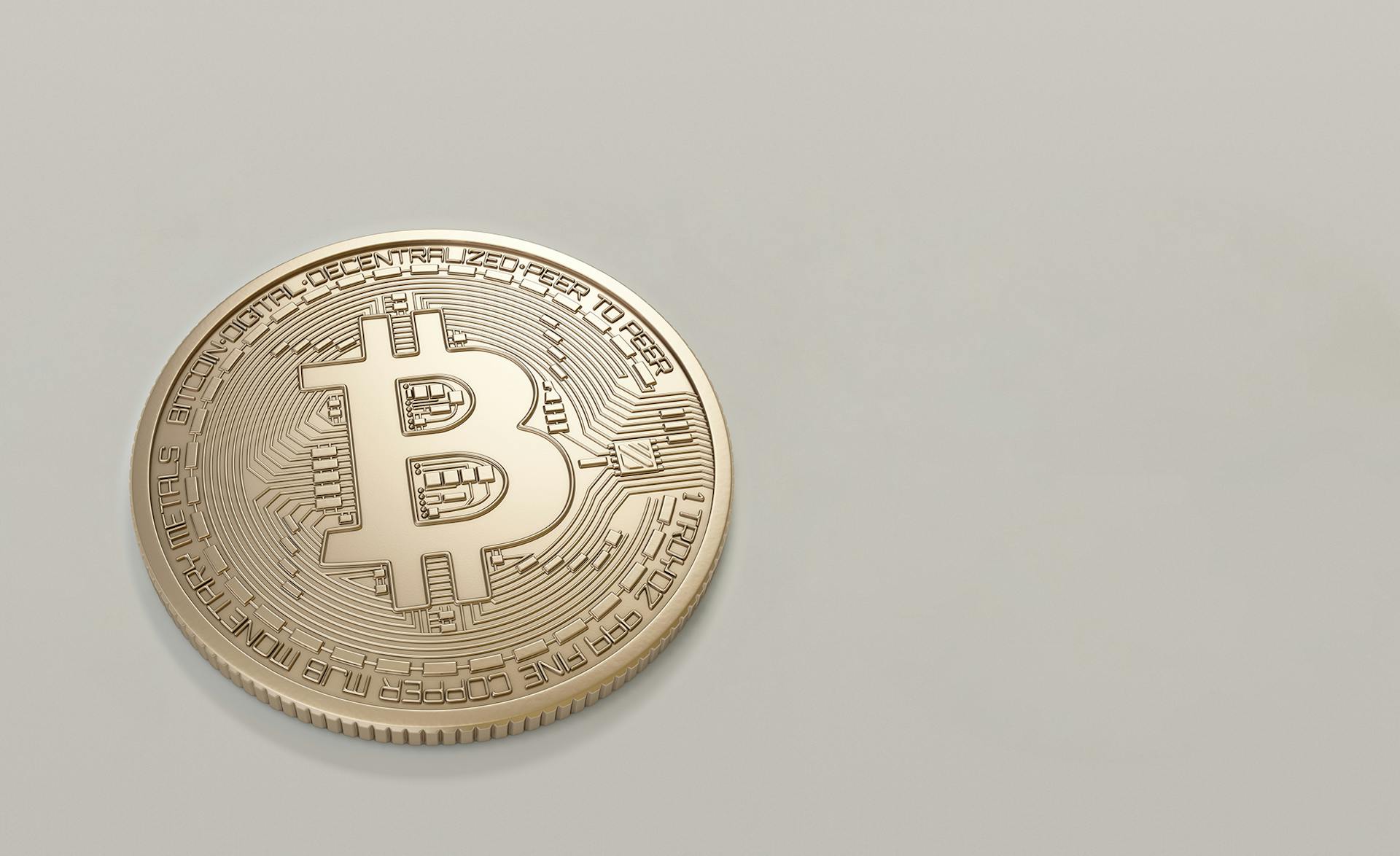
If you've lost your job, you might be wondering what an unemployment insurance claim is and how to file one. An unemployment insurance claim is a request for financial assistance while you're looking for a new job.
To file for unemployment insurance, you'll need to meet certain eligibility requirements, such as having worked a certain number of weeks and earned a minimum amount of money. This can vary depending on the state you live in.
Filing for unemployment insurance typically involves submitting an application online, by phone, or in person at your local unemployment office. You'll need to provide personal and employment information, including your Social Security number, dates of employment, and the reason for your job loss.
Eligibility and Qualification
To qualify for unemployment insurance benefits, you'll need to meet certain eligibility criteria.
In order to qualify, you must be unemployed through no fault of your own. This means you separated from your last job due to a lack of available work, not because of something you did or didn't do.
The amount of time you worked and the wages you earned also come into play. You must meet your state's requirements for wages earned or time worked during a specific period of time, known as the "base period." This usually covers the first four out of the last five completed calendar quarters before you file your claim.
You'll need to review your state's program to find out the exact details of their requirements. Each state sets its own eligibility guidelines, so it's essential to check with your state's program to see what you need to do.
Here are the key requirements you'll need to meet:
Filing and Registration
To file an unemployment insurance claim, you should act quickly. Filing for benefits should be done the first week you're laid off, and for your claim to be filed on time, you must do so by Friday of the week following your last day of work.
You'll need to gather some information before filing, including your Social Security card, state-issued driver's license or ID card number, and the names and addresses of your employers from the past 18 months. You'll also need your quarterly gross earnings, last date of employment with each employer, and your most recent employer's Federal Employer ID number (FEIN) and Employer Account Number (EAN).
To receive your benefits, you can choose to have them deposited directly into your bank account or loaded onto a debit card. It's essential to provide complete and correct information when filing your claim to avoid delays.
Filing
Filing for unemployment benefits is a straightforward process, but it's essential to get it right to avoid delays or issues with your claim. You should file your claim as soon as possible after becoming unemployed, ideally by Friday of the week following your last day of work.
To file a new claim or re-open an existing one, you'll need to gather some necessary information, including your Social Security card, state-issued driver's license or ID card number, and the names and addresses of your employers from the past 18 months.

You'll also need to provide your quarterly gross earnings, last date of employment with each employer, and your most recent employer's Federal Employer ID number (FEIN) and Employer Account Number (EAN), if applicable. If you're not a U.S. citizen or national, you'll need to provide your Alien Registration card and the expiration date of your work authorization.
There are two ways to file a claim: by phone or over the internet. You can also file by mail, but this may take longer. To avoid delays, make sure to give complete and correct information when filing your claim.
Here are the two ways to file a claim:
- Debit card
- Direct deposit to your bank account
It's worth noting that you should file your claim with the state where you worked, unless you worked in multiple states or are currently living in a different state. In this case, you can contact the state UI agency where you now live for guidance on how to file your claim with other states.
Register for Work
To register for work and receive unemployment benefits in Michigan, start by creating a job seeker profile on Pure Michigan Talent Connect at MiTalent.org. This is the first step in the process.
Next, you'll need to meet with staff from your local Michigan Works! Service Center, either in person or virtually. You can contact them at 1-800-285-WORKS (9675) or find your local center on the map at MichiganWorks.org.
It's essential to complete both steps and have your profile verified by Michigan Works! staff, who will send the verification to the Unemployment Insurance Agency (UIA). This verification process must be completed at least one business day before you certify for the first time to receive unemployment benefits.
You'll receive a confirmation email when the process is completed successfully.
For more insights, see: Insurance Claim Processing
Payment and Benefits
When you file an unemployment insurance claim, you'll want to know how you'll receive your benefits and what to expect. You can receive your payment by either Direct Deposit, which puts money directly into your checking account, or a Prepaid Debit Card, which provides you with a prepaid card from U.S. Bank called ReliaCard.
To receive your payment by Direct Deposit, you'll need to have a checking account. If you don't have one, you might consider opening a basic account to take advantage of this convenient option. Prepaid Debit Cards, on the other hand, are a great option for those who don't have a checking account or prefer to use cash.
If you choose to receive your payment by Prepaid Debit Card, you can use it to make purchases, get cash, and pay bills everywhere Visa debit is accepted. Just be sure to keep track of your balance and any fees associated with the card.
Payment Options
You have options for receiving your UI benefits, and it's great to know what they are. Direct Deposit is one of them, which puts money directly into your checking account.
With Direct Deposit, you can access your funds quickly and easily. You can even set up automatic payments to pay bills or transfer money to savings.
Another option is the Prepaid Debit Card, which is a prepaid Visa debit card from U.S. Bank called ReliaCard. You can use it to make purchases, get cash, and pay bills everywhere Visa debit is accepted.
This card is a great backup plan if you don't have a bank account or prefer not to use one.
Benefits
Benefits are based on a percentage of your earnings over a recent 52-week period, up to a State maximum amount. This can vary, but it's a good idea to check with your State Unemployment Insurance agency for the specifics.
You can receive benefits for a maximum of 26 weeks in most States, although some States may offer additional weeks during times of high unemployment.
In some cases, you may be eligible for extended benefits, which can provide additional weeks of support. You'll need to check with your State agency to see if you qualify.
Benefits are subject to Federal income taxes, which means you'll need to report them on your Federal income tax return.
Frequently Asked Questions
What is the goal of unemployment insurance?
The primary goal of unemployment insurance is to provide temporary financial support to workers who lose their jobs through no fault of their own. This assistance helps individuals maintain basic needs while they seek new employment.
Is unemployment insurance claim the same as unemployment?
Unemployment insurance is not the same as unemployment; it's a type of state-provided financial assistance for those who have lost their jobs and meet eligibility requirements
Sources
- https://cdle.colorado.gov/unemployment/ui-claimant-guide/eligibility-for-ui-benefits
- https://www.dol.gov/general/topic/unemployment-insurance
- https://www.michigan.gov/leo/bureaus-agencies/uia/tools/fact-sheets/claiming-ui-benefits-in-michigan
- https://oui.doleta.gov/unemploy/uifactsheet.asp
- http://labor.vermont.gov/StepsForUnemployment
Featured Images: pexels.com


